Europe’s Carbon Lessons Offer Roadmap for Asia’s Emerging Markets: Panel
As global carbon markets mature, the divide between Europe’s rigorous decarbonization drive and Asia Pacific’s more pragmatic approach is narrowing, with panelists at the Singapore Carbon Market & Investor Forum on Thursday agreeing that cross-regional learning — not uniform policy — will shape the next phase of climate action.
Humberto J. Rocha, senior editor at OPIS, said Europe’s carbon market has moved from early missteps to measured reform. Initial phases were marked by generous allocations and loopholes that let some firms profit from unused credits after shutdowns. Over time, tighter rules improved integrity and encouraged innovation. The region’s experience, he said, offers lessons for shaping more effective carbon markets elsewhere.
Across the Asia Pacific, policymakers are now drawing on those lessons as they design their own systems. Vietnam’s planned carbon market, for example, will pilot from 2025 to 2028 and initially cover thermal power, iron and steel in response to the European Union’s Carbon Border Adjustment Mechanism or CBAM, said Lien Duong, associate professor at Curtin University’s School of Accounting, Economics and Finance.
Most allowances will be free during the trial phase, with baselines reviewed annually and firms allowed to use up to 30% of carbon credits for compliance. She added that many companies still lack formal greenhouse-gas inventories, making reliable accounting and capacity building a priority.
Climate ambition across the region is growing, but policies must reflect local economic conditions. “What most people — or some policymakers — may not realize is that they’re not going to put a price of $100 per ton on all industries in their countries, here in this region, at this time. That would be detrimental to economic growth and sustainable development. No one is going to do that,” said Björn Fondén, international policy manager and APAC lead at the International Emissions Trading Association. He cautioned that adopting European-style pricing too quickly could strain competitiveness and limit the feasibility of emerging markets.
As mechanisms such as the EU’s CBAM, Article 6 and CORSIA begin to interact, fairness and transparency will be vital to avoid double-counting, said Ruth Dawes, partner for environment and climate change at HFW. Clear safeguards and risk-sharing arrangements, she added, are key to maintaining trust. Fondén agreed, noting that while CBAM aims to level trade conditions, it has also raised concerns over how revenues are distributed and whether developing exporters bear an unfair burden. Both called for deeper cooperation to align trade and climate policy.
Beyond compliance markets, Europe is also refocusing on the role of carbon removals — both nature-based and technology-driven — and considering how Article 6.4 credits under the Paris Agreement might be integrated, Rocha said. Such developments, he added, could guide how other regions structure their own markets and assess permanence and quality in the post-2030 era.
He noted that after two decades of development, the European market offers valuable experience for emerging systems worldwide. He said, “It’s exciting to see carbon markets develop in Latin America and APAC. There are definitely some lessons to be learned.”
The Singapore Carbon Market & Investor Forum was held on Thursday and Friday by the Carbon Market Institute. OPIS sponsored the event.
— Reporting by Lujia Wang, lwang@opisnet.com; Editing by Mei-Hwen Wong, mwong@opisnet.com
